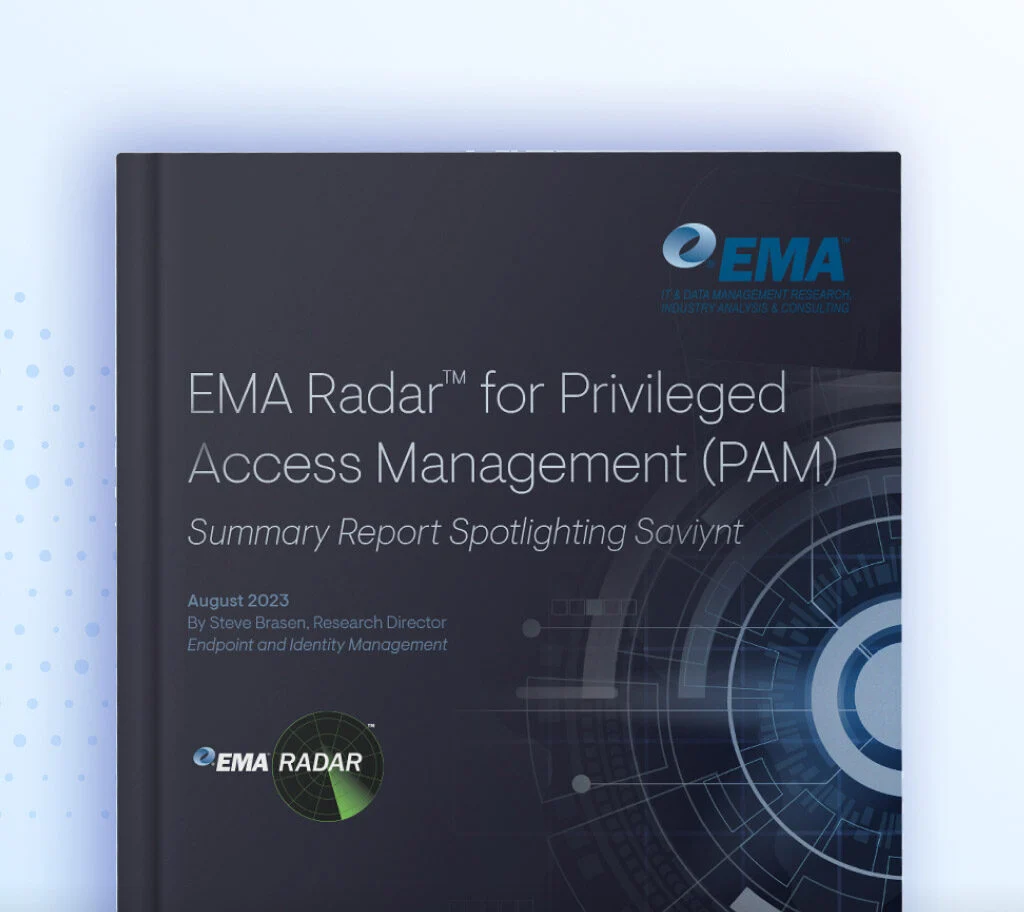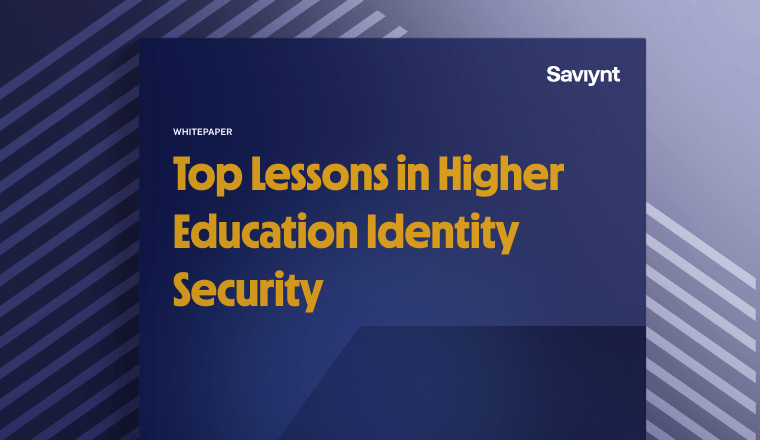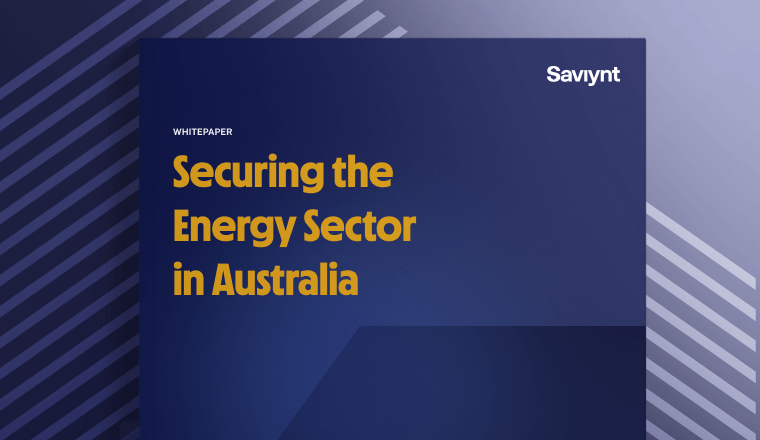What is Level of Assurance (LOA)?
What is the Level of Assurance (LOA)?
Level of assurance (LOA) is a term used in the field of computer security to describe the degree of confidence in the identity of an individual or entity. This concept is particularly relevant in the context of online transactions, where it is important to verify the identity of the parties involved in order to prevent fraud and other forms of abuse.
In order to determine the level of assurance for a particular transaction, various factors are taken into account, including the type of information used to verify the identity of the parties involved, the methods used to verify this information, and the overall security of the system in which the transaction is taking place.
One of the key considerations in determining the level of assurance is the type of information used to verify the identity of the parties involved. For example, a transaction that uses a password and a security token for authentication would typically have a higher level of assurance than one that only uses a password. This is because the use of multiple forms of authentication makes it more difficult for an attacker to gain access to the system or account.
In addition to the type of information used for authentication, the methods used to verify this information also play a role in determining the level of assurance. For example, a transaction that uses biometric authentication (such as a fingerprint or facial recognition) would typically have a higher level of assurance than one that uses a simple password. This is because biometric authentication is generally considered to be more secure than other forms of authentication.
Overall, the level of assurance is an essential concept in the field of computer security, as it helps to ensure the integrity of online transactions and prevent fraud and other forms of abuse. By understanding the factors that contribute to the level of assurance for a particular transaction, businesses can make informed decisions about the security measures they need to put in place in order to protect their systems and sensitive data.
The Impact of Level of Assurance on your Business
The level of assurance that a business has can have a significant impact on its operations and overall success. A high level of assurance can help a business to gain the trust and confidence of its customers, which can lead to increased sales and revenue. It can also help the business to attract and retain talented employees, as well as to secure financing and investment from external sources. In general, a high level of assurance can help a business to operate more efficiently and effectively, which can ultimately lead to improved performance and profitability.
Saviynt & Level of Assurance (LOA)
You can increase your level of assurance with Saviynt’s Identity Cloud. Built in the cloud, Identity Cloud is the only FedRAMP-authorized SaaS solution for Identity Governance and Administration (IGA) and Cloud Privileged Access Management (CPAM). The fundamentals of IGA align closely to the requirements outlined in Federal Identity Credential and Access Management (FICAM). Saviynt Identity Cloud is a modular, converged cloud platform developed entirely in-house using a single code base without bolted-on solutions from third-party acquisitions. This significantly simplifies the implementation process. Plus, each solution can operate independently, allowing customers to select the product that suits them — and to integrate Identity Cloud with existing solutions.
Identity Governance and Administration (IGA)
-
Ensures that users have seamless access and your organization is in continuous compliance
-
Increases organizational efficiency and agility through automation and intuitive identity workflows
-
Powered by a comprehensive identity warehouse and user experience to drive frictionless access, Saviynt IGA enables Zero Trust in your hybrid and multi-cloud environment
Cloud Privileged Access Management (CPAM)
-
Provides complete privileged access protection to support ongoing business transformation and scale as your business needs evolve
-
Gain visibility and governance for every identity across your entire environment to improve your security posture and maintain compliance
-
Fast to deploy and easy to manage, so you realize value on day one
-
CPAM can limit users’ actions in the end systems, and session recording provides an auditable record of the activities executed
Application Access Governance (AAG)
-
Protects sensitive application access and satisfies governance, risk, compliance (GRC) requirements
-
Get comprehensive capabilities in Separation of Duty (SoD) analysis, emergency access management, role engineering and management, compliant provisioning, and access certification
Data Access Governance (DAG)
- Discovers, analyzes, and protects sensitive structured and unstructured data – regardless of whether your IT ecosystem is on-premises, hybrid, or cloud-based
Third-Party Access Governance (TPAG)
-
Securely manages third parties throughout the engagement lifecycle
-
Internal and external sponsors shepherd the account from inception, through access management, periodic reviews, and eventual decommissioning
Saviynt and CMMC Compliance
The growth of cloud computing and the shift to blended work environments represent an opportunity for cyber attackers. CMMC standards are critical for the future of data security in the public sector. It’s critical that contractors working for the public sector stay ahead of the curve and find ways to meet the requirements. Saviynt Identity Cloud has many essential features to help these contractors achieve and maintain compliance with the DoD’s CMMC program.
For more details on how Saviynt enables customers to get and stay compliant within the various CMMC domains and practice levels, see our white paper.
Resources

Saviynt Cloud PAM is Recognized as Best Privileged Access Governance and Strong Value by Analyst Enterprise Management Associates® (EMA)

